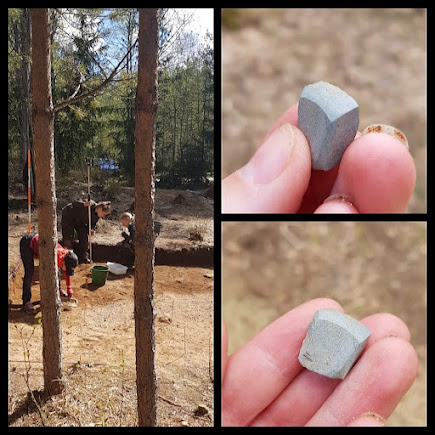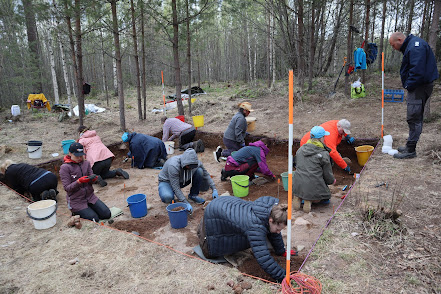This day was all about the Neolithic Stone-Age with many finds of beautiful pottery from several different periods of the stone-age. The weather too was on our side and this day was the first that almost felt like summer <3
Just a cpouple of minutes into the 2nd day of excavations we ran into a couple of concentrated areas with a multitude of well preserved potsherds. The oldest potsherds found today can be attributed to the Typical Comb Ceramic period (Ka II:2) ca 3900-3400 BC.
.JPG)
.JPG) So called Typical Comb Ceramic ware ca 3900-3400 BC.
So called Typical Comb Ceramic ware ca 3900-3400 BC.
The second concentration of finds consisted of potsherds of so called Uskela or Late Comb Ceramic ware (Ka III:1) ca 3600-3200 BC. These clay vessels where only ornated with horisontal zones of pits or pitlike shallow impressions probably made with a bone.
Late Comb Ceramic ware ca 3600-3200 BC.
We also recovered more potsherds from the Corde Ware Culture dating to ca 3200-2300 BC. The find raised our hopes of finding more signs of this interesting stage in Neolithic Finland.
Corded Ware ca 3200-2300 BC.
For the next nine days we will be excavating with schoolchildren from several ocal schools and after that it will be back to basics again with two more days of excavation with the students from Hiidn Opisto.
Our trustworthy companion Esa helped us out with clearing the excavation area for the schoolchildren but also had time to excavate two trial pits.

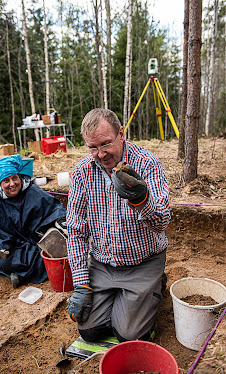




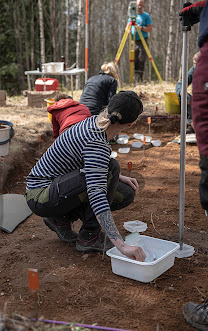
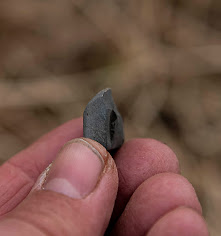

.JPG)
.JPG)
.JPG)
.JPG)
.JPG)
.JPG)



.jpg)
.jpg)
.jpg)
.jpg)


.jpg)
.JPG)
.JPG)
.JPG)
.JPG)
.JPG)
.JPG)
.JPG)
.JPG)
.JPG)
.JPG)
.JPG)
.JPG)
.JPG)
.JPG)
.JPG)
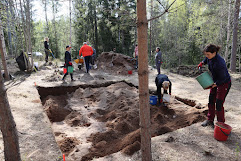

.JPG)
.JPG)

.jpg)


